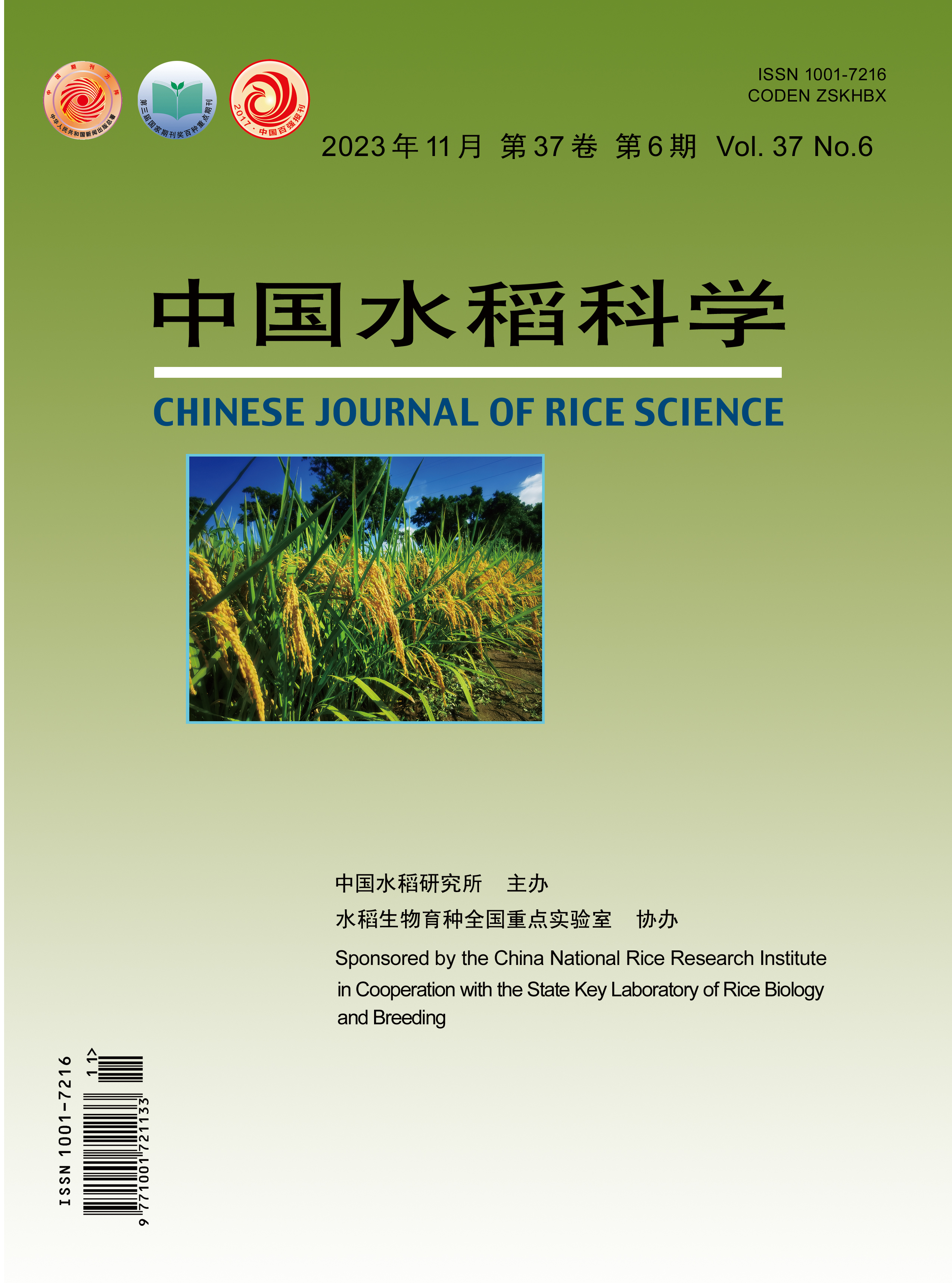【Objective】This study aims to investigate the effects of incorporating green manure and rice straw, along with reduced nitrogen (N) fertilizer application, on rice population quality, grain yields, N absorption, and grain quality in a Chinese milk vetch (Astragalus sinicus L.)-rice (Oryza sativa L.) rotation system. The goal is to lay a theoretical foundation for reducing N input, enhancing efficiency, and improving grain quality in rice cultivation. 【Method】 A field experiment was conducted in Hanzhong City, Shaanxi Province, from 2019 to 2021, utilizing a randomized block design with four treatments: 1) Chinese milk vetch application with no straw returning and conventional nitrogen application (GN100); 2) Incorporating winter-planted milk vetch and rice straw into the field with conventional nitrogen application (GSN100); 3) Incorporating winter-planted milk vetch and rice straw into the field with a 20% reduction in nitrogen fertilizer (GSN80); 4) Incorporating winter-planted milk vetch and rice straw into the field with a 30% reduction in nitrogen fertilizer (GSN70). During the full heading and maturity stages, aboveground biomass and grain yield were measured, and N content and accumulation in aboveground biomass were analyzed. Additionally, the appearance quality, protein and amylose contents, and gel consistency were assessed. In 2021, an experiment was conducted to examine the nitrogen release characteristics of Chinese milk vetch (CMV) or the combined use of CMV and rice straw, with samples collected on various days to determine the total N content of decomposition residues. 【Results】 The field experiment results demonstrated that the incorporation of CMV and rice straw significantly promoted aboveground rice growth from the full heading stage to maturity, with a notable increase in the population growth rate of 39.83% compared to GN100. Over two years, the average annual yield of "Huanghuazhan" increased by 3.08%, 7.21%, and 3.92% under the GSN100, GSN80, and GSN70 treatments, respectively, when compared to GN100. Incorporating CMV and rice straw enhanced the dry matter of panicle during the full heading stage and maturity, facilitating dry matter transportation to the panicle after the full heading stage. Compared to GN100, the contribution rate of dry matter to the panicle after the full heading stage was 1.93%, 23.59%, and 14.43% under GSN100, GSN80, and GSN70 treatments, respectively. The incorporation of CMV and rice straw increased N accumulation in rice stems and panicles at the maturity stage, with GSN80 showing the highest improvement. In comparison to GN100, the average anaual N accumulation in rice stems and panicles at the maturity stage increased by 40.74% and 23.20%, respectively. Rice quality improved significantly with the increasing years of CMV and rice straw incorporation. When compared to GN100, the incorporation of CMV and rice straw reduced amylose and protein contents in rice while enhancing gel consistency. This resulted in a decrease in amylose content by 7.54% to 17.10% and protein content by 4.28% to 5.88%, along with an increase in gel consistency by 2.64% to 12.51%. Moreover, GSN80 and GSN70 had the most substantial positive effects, significantly reducing chalky grain percentage and chalkiness degree of rice. The nylon net bag decomposition experiment revealed that the incorporation of CMV and rice straw increased the nitrogen supply level in the later stages of rice growth, with a significant increase of 11.97% in cumulative nitrogen release during the 106 to 146 days of decomposition compared to CMV being returned to the field alone. 【Conclusions】 In a rotation system of CMV and rice, incorporating CMV and rice straw into the field improves soil N supply during the late stages of rice growth, promoting dry matter accumulation, N absorption, and N transport after the full heading stages. This leads to a reduction in protein and amylose content and an increase in gel consistency, appearance quality, processing quality, and taste quality of rice. However, a 20%-30% reduction in N fertilizer is more conducive to establishing a high-yield population and achieving the synergistic improvement of yield and rice quality. Therefore, the incorporation of CMV and rice straw into the field with a 20%-30% reduction in N fertilizer may be an environmentally friendly cultivation technique suitable for the synergistic enhancement of yield, reduced fertilizer use, and improved quality of indica rice.

